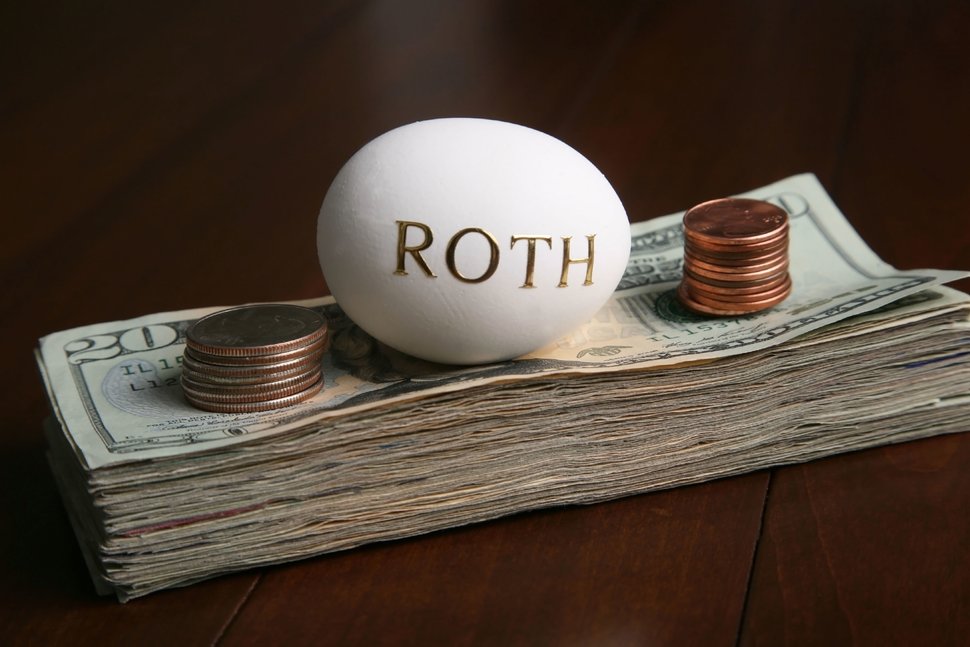
ESTABLISHED IN 1997, the Roth individual retirement account has long been a favored option for retirement savings due to its promise of tax-free withdrawals in retirement. To make the most of this type of account, it’s essential to pay close attention to the rules. “As with just about any tax break, there are loopholes and pitfalls to realizing real savings,” says Logan Allec, a certified public accountant and creator of the personal finance site Money Done Right in Santa Clarita, California.
Not all Roth IRA withdrawals are tax-free. After opening and contributing to a Roth IRA, you’ll need to wait five years to begin tax-free withdrawals of investment earnings. If you take a distribution from a Roth IRA that is fewer than five years old, the portion of the withdrawal that comes from investment earnings could be subject to income tax and an early withdrawal penalty.
Keep in mind that the Roth IRA five-year rule:
- Applies to investment earnings, not initial contributions.
- Could trigger taxes and penalties on early withdrawals of investment earnings.
- Applies to all account owners, regardless of age.
The following is a close look at what the Roth IRA five-year rule involves, how it is applied and special cases to be aware of when investing in a Roth IRA.[
How the Roth IRA Five-Year Rule Works
After you make your first Roth IRA contribution, you’ll be expected to wait five tax years before the earnings can be taken out without being subject to taxes. “This five-year period applies across the board, even if the account owner is 100 years old, a first-time homebuyer or deceased,” Allec says. For instance, if the account owner passes away, the beneficiary will need to allow the five-year time frame to pass in order to withdraw any earnings from the account tax-free.
If you want to withdraw funds before the account is five years old, aim to distribute contributions to the account instead of investment earnings. “Contributions made to Roth IRAs are considered after-tax contributions,” says Archie Ponce, a financial planner and executive vice president at Optima Asset Management in Dallas. “As such, contributions may be taken out tax-free prior to the five-year holding period.” Perhaps you opened a Roth IRA and contributed $6,000 during 2018, and the account earned $500. Before five years pass, you could take out up to $6,000 tax-free, if you meet the other qualifying requirements for withdrawals. However, the earnings would need to remain in the account until the account is five years old to avoid taxes and penalties.
After five years have passed, you’ll still need to meet certain requirements to be eligible to withdraw earnings without penalty. To qualify for tax-free withdrawals, you’ll also need to be 59 1/2 or older. You may be able to make early withdrawals from the account without penalty if you are disabled or use the distribution for a specific life circumstance, such as purchasing a first home.
When the Five-Year Rule Starts
Once you open and fund a Roth IRA, the five-year waiting period consists of five tax years. “You can open a Roth IRA and make a contribution on the last day before your income taxes are due and have it count for the previous calendar year,” says Ryan Repko, a financial planner at Ruedi Wealth Management in Champaign, Illinois. For instance, perhaps you opened a Roth IRA and made a contribution on April 15, 2019. The contribution could be applied to tax year 2018. This shortens the waiting time to make tax-free distributions by a year. You could begin to take withdrawals of earnings in 2023 rather than 2024.
Once you open a Roth IRA and the five-year rule begins, the waiting period can be applied to other accounts. “The clock starts with your first contribution to any Roth IRA, not necessarily the one from which you are withdrawing funds,” Allec says. “Once you satisfy the five-year requirement for a single Roth IRA, any subsequent Roth IRA is considered held for five years.” The earlier you start contributing to a Roth IRA, the easier it will be to reduce the tax risk of running into the five-year rule.
Inherited Roth IRAs are subject to the five-year rule as well. “It starts with the original account owner’s first contribution, not the beneficiary’s date of inheritance,” Allec says. If possible, you’ll want to document the account owner’s initial contribution dates before passing so you know when tax-free distributions can occur.
Understand the Rollover Rules
If you have a Roth 401(k) account, keep in mind that there is also a five-year rule for this type of account before funds can be taken out tax-free. If you meet the five-year waiting period and decide to roll the Roth 401(k) into a new Roth IRA, you will have to wait for an additional five-year tax period before withdrawing funds.
If you want to avoid waiting after rolling over a Roth 401(k) into a Roth IRA, consider opening a Roth IRA as early as possible. “Fund it with a minor amount of money,” Repko says. “This strategy will ensure that the full Roth 401(k) account balance will be immediately accessible upon rolling it over to the Roth IRA, provided it has been open for the five tax year period.”


